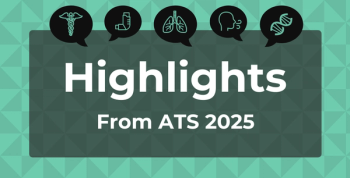
Sanofi's Lixisenatide Approved, Paving Way for OK of Combo Therapy
The approval paves the way for Sanofi's insulin and GLP-1 combination therapy, which is due for final FDA action in August.
FDA has approved lixisenatide, the GLP-1 receptor agonist that was the first diabetes therapy submitted to
Sanofi, which plans to market the drug as Adlyxin, announced the approval Wednesday. The therapy has been sold as Lyxumia in more than 60 countries, including most of Europe, as well as Mexico and India, which have high rates of diabetes.
Lixisenatide is given at mealtime once daily by injection with a prefilled pen. Patients take a 10 mcg dose for 2 weeks before moving to a 20 mcg dose. This phased-in dosing is designed to limit nausea, which can be a side effect of GLP-1 receptor agonists as patients adjust to the therapy.
The drug blocks the effect of glucagon-like peptide (GLP-1) on pancreatic cells that, when functioning normally, regulate insulin secretion. Lixisenatide boosts glucose-dependent insulin secretion.
Approval was based on clinical results from Sanofi’s GetGoal program, as well as CV results from the
The action gives Sanofi approval of both components of its GLP-1 and insulin combination therapy, which received a recommendation from an FDA advisory panel in late May. Full results for the therapy, which pairs lixisenatide with Sanofi’s mainstay insulin, Lantus, were presented at the
An FDA decision on the combination is due in August, while a decision on a competing insulin / GLP-1 combination from Novo Nordisk is expected by September.
Newsletter
Stay ahead of policy, cost, and value—subscribe to AJMC for expert insights at the intersection of clinical care and health economics.








































